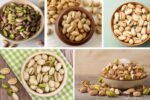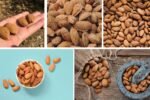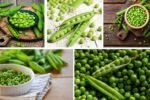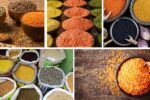Chickpeas, also known as garbanzo beans, are one of the oldest cultivated legumes in the world. With a rich history dating back more than 7,000 years, chickpeas have been a cornerstone of diets across the Middle East, South Asia, and the Mediterranean. Today, they are not only a traditional staple but also a global superfood celebrated for their nutritional richness and versatility.
From hummus in the Middle East to chana masala in India, chickpeas are beloved across cultures. But when it comes to production on a global scale, one country stands far above the rest. So, which country produces the most chickpeas worldwide? Let’s dive into the data, history, and trends behind chickpea cultivation.
The Global Importance of Chickpeas
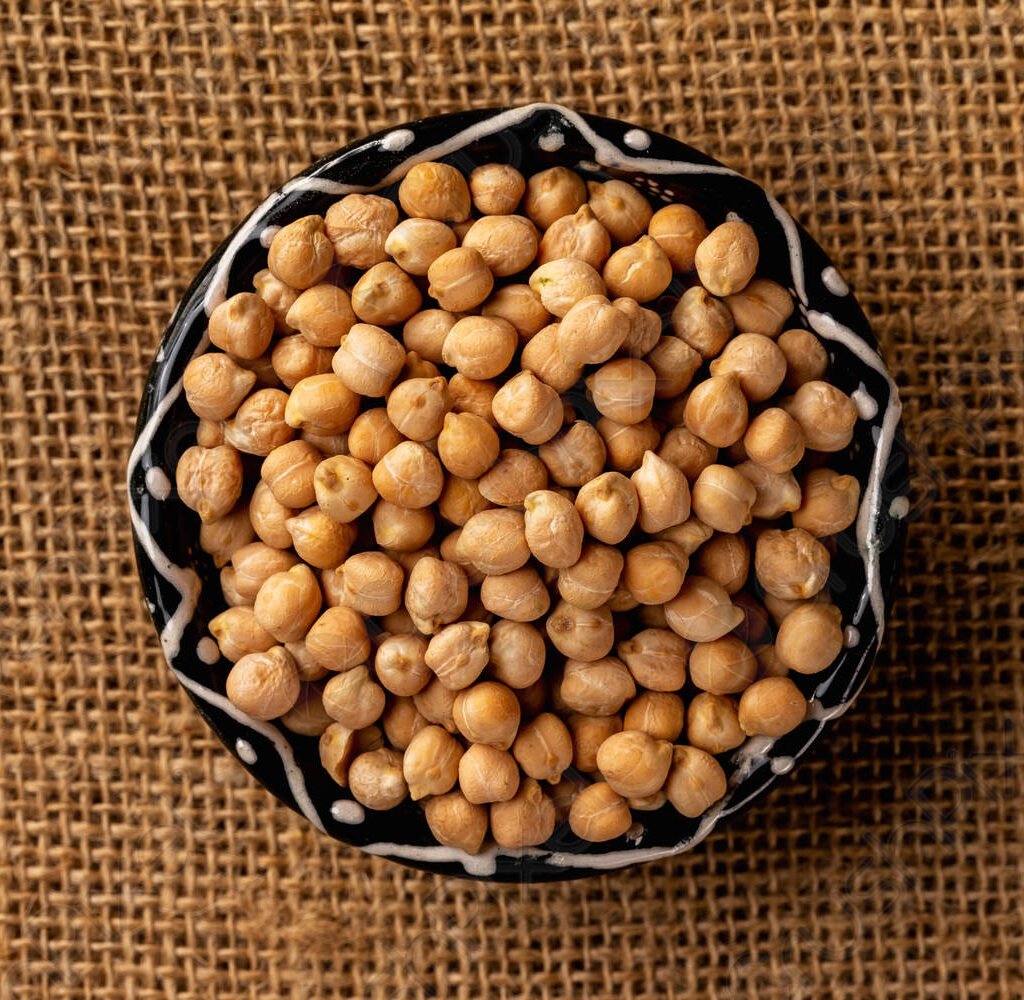
Before revealing the world’s top producer, it’s worth understanding why chickpeas are such a vital crop.
- Nutritional Value – Chickpeas are rich in protein (about 19 grams per 100 grams cooked), making them a vital food for vegetarian and vegan diets. They also provide dietary fiber, iron, magnesium, and folate, which support digestive health, heart health, and energy levels.
- Culinary Versatility – Chickpeas are consumed in multiple forms: boiled, roasted, ground into flour (besan), or blended into spreads and dips. Their adaptability makes them popular in cuisines worldwide.
- Sustainability – Like other pulses, chickpeas are nitrogen-fixing plants, which enrich the soil naturally. This reduces the dependence on synthetic fertilizers, making chickpea farming eco-friendly.
- Economic Significance – Chickpeas are both a subsistence crop in developing countries and an export commodity in major agricultural economies.
Because of these benefits, chickpeas are grown in over 50 countries, spanning Asia, Africa, the Americas, and Australia.
The World’s Top Chickpea Producer
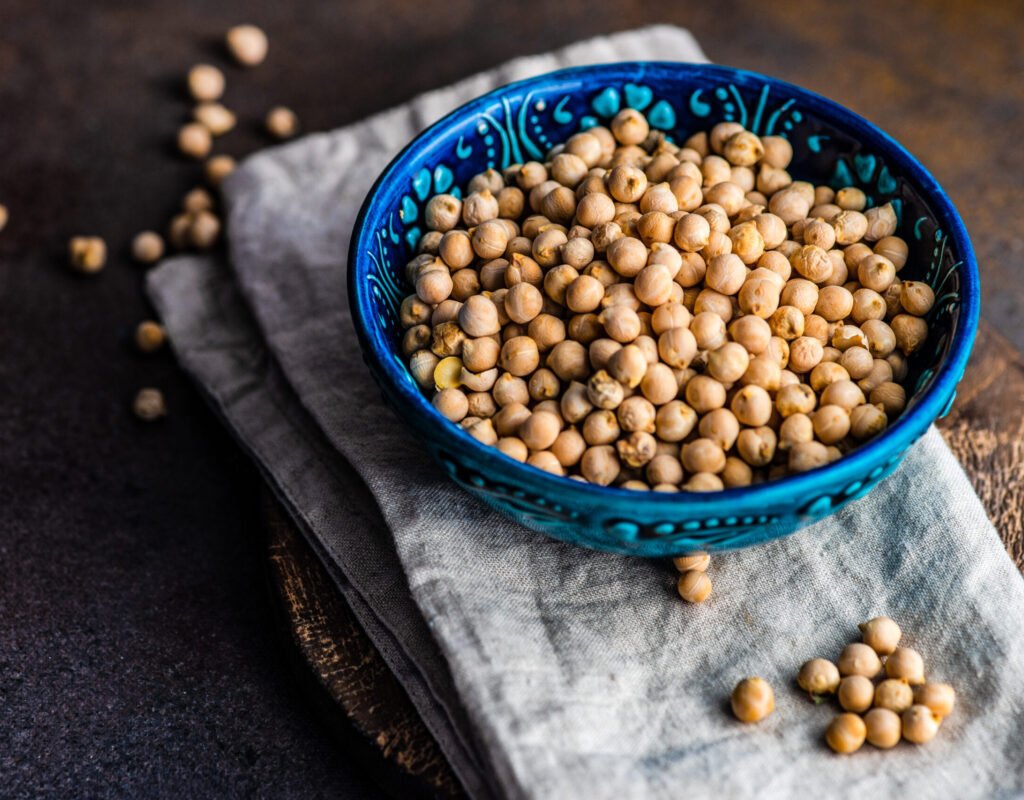
According to the Food and Agriculture Organization (FAO) and other recent agricultural reports, the world’s largest producer of chickpeas is India.
India – The Undisputed Leader
- Annual Production: Over 11–12 million metric tons (recent averages).
- Share of Global Production: Around 65–70% of the world’s chickpeas.
- Key Growing States: Madhya Pradesh (the “chickpea bowl” of India), Maharashtra, Rajasthan, Karnataka, and Uttar Pradesh.
India’s dominance in chickpea cultivation is rooted in history and necessity. Chickpeas (locally known as chana) are a daily food staple across Indian households. They are consumed in countless forms—whole, split (chana dal), or ground into flour (besan) for snacks and sweets.
Moreover, chickpeas are vital for India’s vegetarian-majority population, serving as a key protein source. The crop thrives in the country’s semi-arid regions, making it both culturally and geographically suited for large-scale cultivation.
Other Major Chickpea Producers

Although India leads by a wide margin, other countries also contribute significantly to global chickpea production.
1. Australia
- Annual Production: Around 1–1.2 million metric tons.
- Global Role: Australia is the largest exporter of chickpeas, sending most of its harvest to India, Bangladesh, and Pakistan.
- Key Growing Areas: Queensland and New South Wales.
- Australia’s high-quality chickpeas, particularly the Kabuli variety, are prized in international markets.
2. Pakistan
- Annual Production: About 500,000–600,000 metric tons.
- Role: Chickpeas are central to Pakistani cuisine, from chana curry to snacks like chana chaat. Despite being a producer, Pakistan also imports chickpeas during years of low yield.
3. Turkey
- Annual Production: Roughly 500,000 metric tons.
- Specialty: Turkey cultivates both desi and Kabuli varieties and exports to Europe and the Middle East. Dishes like leblebi (roasted chickpeas) are traditional Turkish favorites.
4. Myanmar (Burma)
- Annual Production: Around 400,000–450,000 metric tons.
- Role: Chickpeas are both consumed domestically and exported, particularly to South Asia.
5. Ethiopia
- Annual Production: Approximately 400,000 metric tons.
- Importance: Chickpeas are crucial in Ethiopian diets and are used in popular dishes like shiro. The country also exports to nearby markets in Africa and the Middle East.
6. Other Contributors
Countries like Mexico, the United States, Iran, and Canada also produce smaller but notable amounts of chickpeas, mainly for export markets.
Why India Leads Chickpea Production
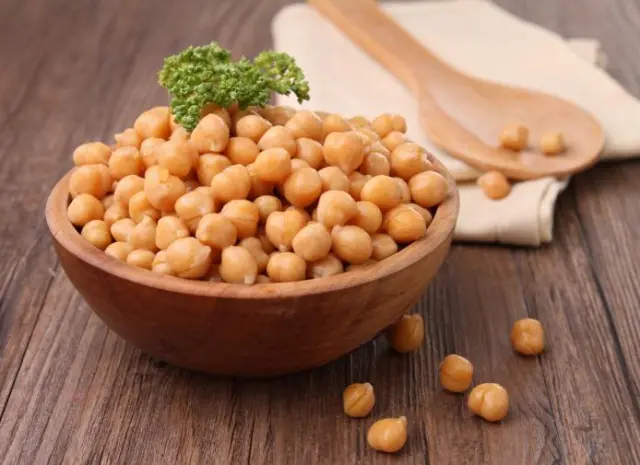
India’s dominance is not accidental. Several factors explain why India is the world’s top chickpea producer:
- Cultural and Dietary Demand – Chickpeas are an essential part of the Indian diet, ensuring high domestic consumption.
- Climate Compatibility – Chickpeas thrive in India’s semi-arid and subtropical climate, especially as a rabi crop (grown in winter after the monsoon).
- Large Agricultural Land – India dedicates millions of hectares to chickpea cultivation, far more than any other country.
- Diversity of Varieties – Both desi (smaller, darker chickpeas) and Kabuli (larger, cream-colored) varieties are grown, catering to local and international markets.
- Government Support – Minimum Support Prices (MSP) and research through institutes like IIPR (Indian Institute of Pulses Research) help stabilize and encourage chickpea farming.
Chickpea Trade: Producers and Exporters
While India produces the most, it is not the largest exporter. In fact, India is also the largest consumer, often leaving little surplus for export.
- Top Exporter: Australia leads global chickpea exports, followed by Turkey and Canada.
- Top Importer: India itself, despite being the biggest producer, imports large amounts in years of domestic shortages. Other major importers include Bangladesh, Pakistan, the United Arab Emirates, and Europe.
This paradox—being both the largest producer and importer—highlights how central chickpeas are to India’s food system.
Challenges in Chickpea Production
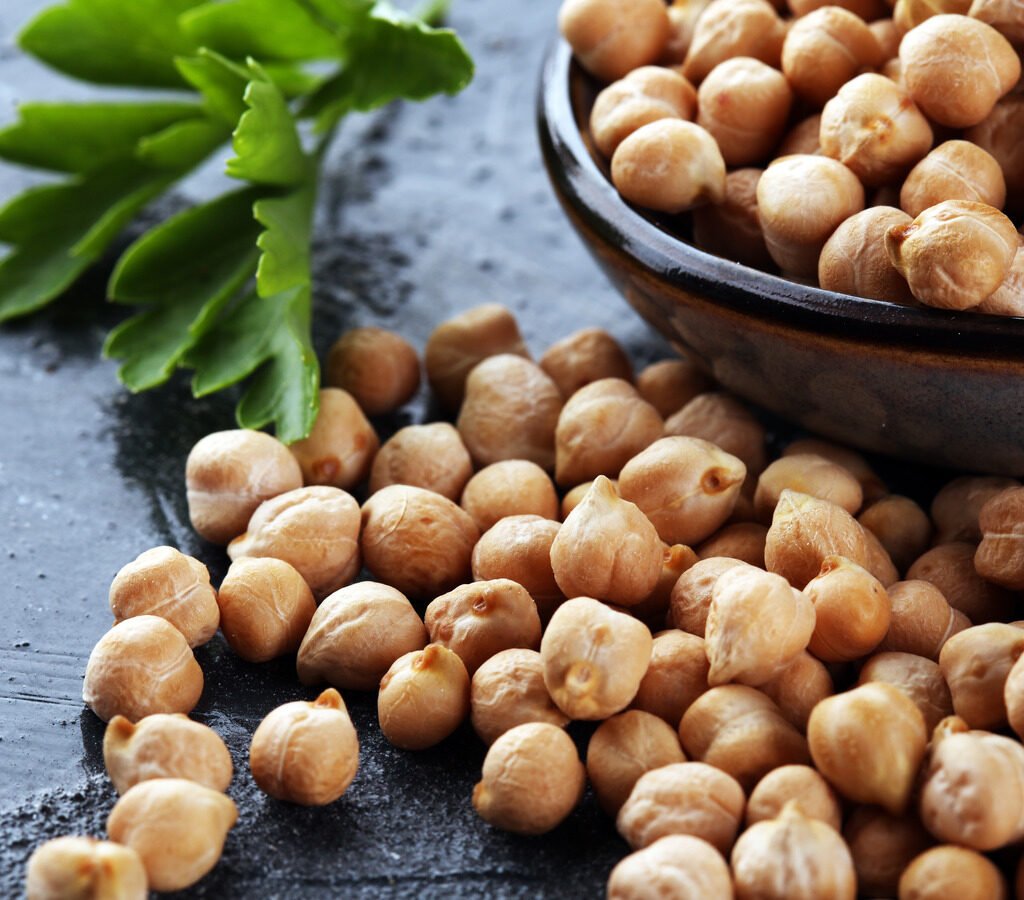
Even though chickpeas are widely cultivated, farmers face several challenges:
- Climate Change – Erratic rainfall and temperature fluctuations threaten yields, particularly in South Asia.
- Pests and Diseases – Chickpeas are vulnerable to pod borers, fusarium wilt, and ascochyta blight, which can devastate crops.
- Market Volatility – Prices often fluctuate due to global demand and supply imbalances, affecting farmer income.
- Post-Harvest Losses – In many developing countries, lack of proper storage facilities leads to significant losses.
The Future of Chickpeas in Global Agriculture
As the world shifts towards more sustainable and plant-based diets, chickpeas are expected to play an even bigger role in the future.
- Plant-Based Protein Demand – With the rise of vegetarianism, veganism, and flexitarian diets, chickpeas are being used in innovative ways, from pasta to plant-based meat alternatives.
- Health Trends – Gluten-free and high-fiber diets are driving demand for chickpea flour and snacks.
- Expanding Cultivation – Countries like Canada and the U.S. are increasingly cultivating chickpeas to meet growing demand.
- Climate Resilience Research – Scientists are working on developing drought- and disease-resistant varieties to stabilize production under climate stress.
Conclusion
So, which country produces the most chickpeas worldwide? The answer is India, by a wide margin. With over 11 million tons annually, India accounts for nearly 70% of the world’s chickpea production. Chickpeas are not just an agricultural commodity there—they are a way of life, woven into the country’s culture, cuisine, and economy.
Other significant producers like Australia, Pakistan, Turkey, Myanmar, and Ethiopia contribute meaningfully, especially in global trade. But India remains unmatched in sheer scale of production and consumption.
As the global population grows and plant-based diets gain popularity, chickpeas are set to remain a cornerstone of food security and nutrition. And while many countries cultivate this ancient crop, India’s dominance ensures that it will continue to be recognized as the chickpea capital of the world.

